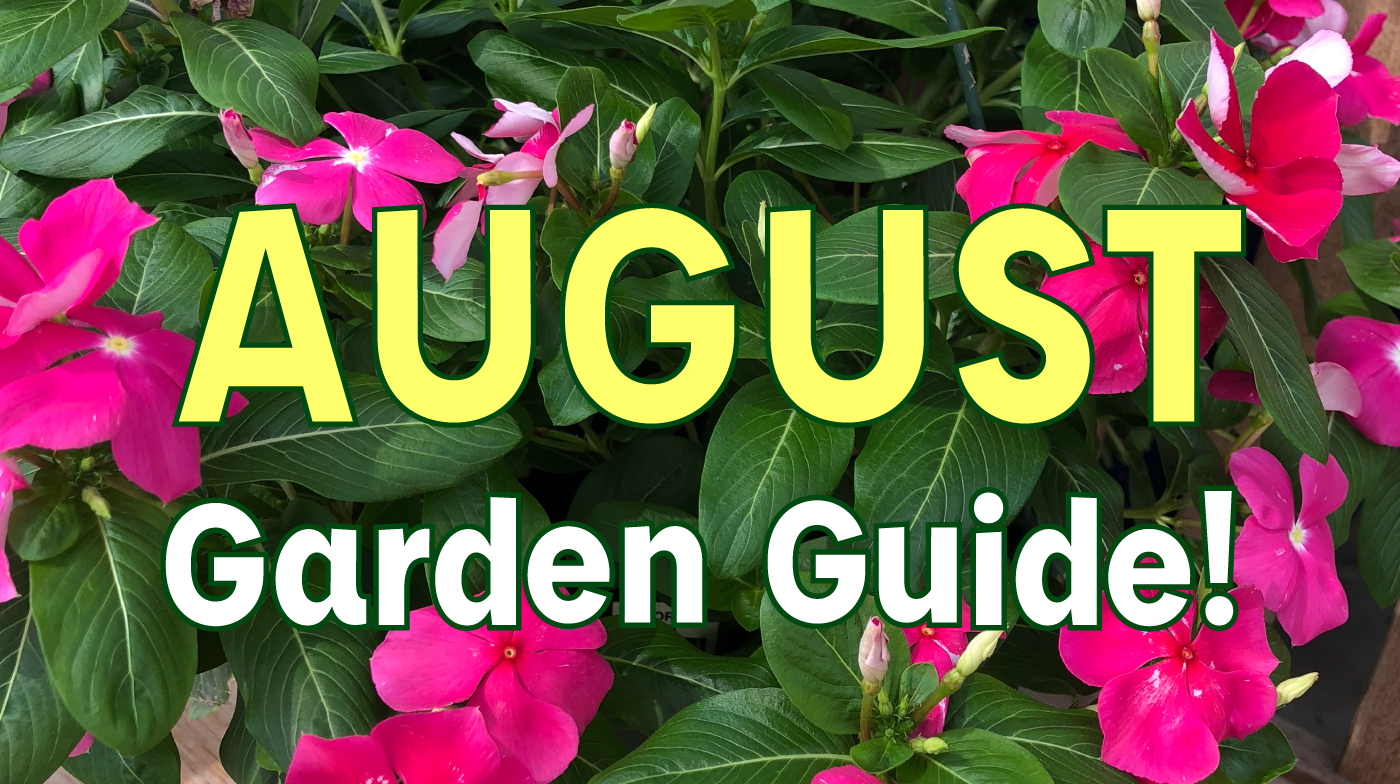
Prepare Your Garden Spaces for Fall Planting
- Clean areas of unwanted weeds and debris.
- Break up the soil and add organic matter like Cotton Burr Compost, and turn or till it in.
- Mix in dried molasses and organic fertilizer like Medina Growin’ Green.
- Water, mulch, and let it rest until you are ready to plant.
- Keep it watered to encourage beneficial microbes in the soil.
Read: Organic Gardening
Read: Comfort for Summer: Shade Cloth
Read: Fall’s Around the Corner – it’s Garden Time!
What To Plant

Late Summer Vegetable Transplants
Plant tomato, eggplant, and pepper transplants after August 10th. Be sure to keep watered well and evenly shaded from the hot afternoon sun.
Read: Homegrown Tastes Best
Garden Guide: Fall Tomatoes
Fall Vegetable Seeds
Seeds of beans, cabbage, peas, winter squash, and turnips. Start in pots and then transplant to garden. Protect from intense heat and sun.
Pumpkin Seeds
If you want pumpkins by Halloween, plant your seeds by August 10th.
Bluebonnet Seeds
Sow bluebonnet seeds now for spring bloom.
Tropicals
All tropicals including allamandas, mandevillas, palms, pentas, blue daze, hamelia, hibiscus, esperanza, and plumbago will continue growing and blooming.

Summer Annuals
Annuals such as zinnias, moss rose, gomphrena, purslane, periwinkles, caladium and coleus will continue to flourish.
“House” Plants
Don’t forget that “house plants” are generally tropical in nature and love a nice shady or semi shady patio to put on the best show. Ficus, schefflera, corn plants, dracaenas, ivies, ponytail palms, and bromeliads all like heat and humidity.
Read: Plants, the Perfect Rx for Clean Air
All container grown trees, shrubs, and vines.
Garden Guide: Planting Trees, Shrubs, and Groundcovers
Read: Crape Myrtle Season
Prune
- Continue removing faded flowers from annuals and perennials to encourage new blooms.
- Faded blooms and seed pods from crape myrtle to promote additional blooming
- Dead wood from trees and shrubs
- Trim plants as needed to maintain size and shape.
- Palms as needed
- Poinsettias early in month – last pruning for December color
Water
- Check all newly planted material for water every day.
- Check pots, containers and hanging baskets often, as they dry out quickly and need more water.
- Apply mulch as needed to help conserve moisture.
- Make arrangements for someone to water if leaving for more than 2 days, especially with new plants.
- Follow City Water Restriction Guidelines.
Fertilize
All trees and shrubs
Fertilize organically with Milorganite, Medina Growin Green, or Plant Tone.
Annuals and perennials
Fertilize organically with Medina Growin Green, or Hasta Gro, or conventionally with Osmocote Time Release Granules.
All hibiscus and tropical bloomers
Fertilize organically with Maestro Gro-Rose Glo, or conventionally with Hibiscus Food.
All granular fertilizer should be watered in well
Lawn Care
- Organic fertilizers such as Milorganite, and Medina Growin Green are excellent fertilizers that feed plants and soil and are the best choice during hot, dry periods.
- Lay new sod anytime, and Bermuda seed anytime this month.
- Apply organic Nature’s Blend to yellow spots in lawn. Not too much - just a thin 1/8"-1/4" layer.
- Mow as required. Keep St. Augustine cut to about 3”, Bermuda at 1” – 2”.
- Watch for Chinch Bugs and Grub Worms.
Read: Use the Cycle Soak Method
Garden Guide: Lawn Care
Watch Out For
Mealy bugs
Treat organically with Neem Oil, Spinosad Soap, or Bee Safe 3-in-1 or conventionally with Cyonara or Bonide Systemic.
Read: Mealy Bugs are Here!
Chinch bugs in lawns
Treat organically with Spinosad or Diatomaceous Earth, or conventionally with Cyonara.
Spider mites
Treat organically with Neem Oil, Spinosad Soap, or Bee Safe 3-in-1 or conventionally with Cyonara or Bonide Systemic.
Note: Spraying your plants with seaweed extract helps repel spider mites, and it’s good for your plants too!
Fleas and ticks
Treat lawns organically with Spinosad, or Diatomaceous Earth, or conventionally with Cyonara.
Borers in mesquites, ash, and yucca
Treat organically with Spinosad.
Fungus, Powdery Mildew
Treat organically with Neem Oil, or Bee Safe 3 in 1, or with Fertilome Broad Spectrum Fungicide, Fung-onil, or Systemic Fungicide.
Unwanted caterpillars – remember that many caterpillars turn into the butterflies that we love and enjoy!
If necessary, treat organically with Thuricide or Spinosad.
Read: Darn Those Summer Bugs!
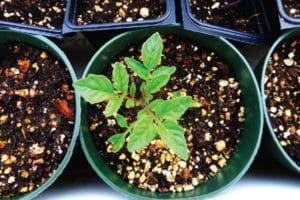
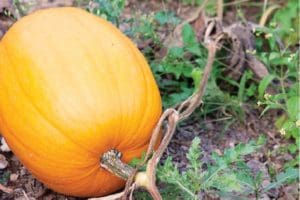
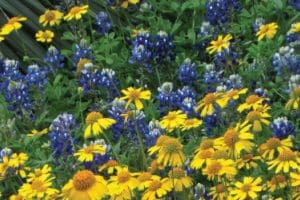

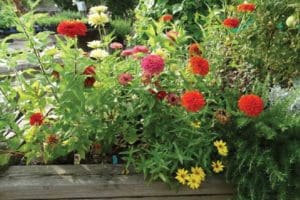
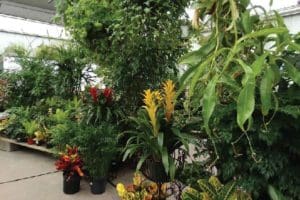
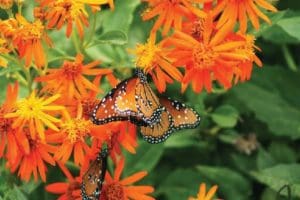
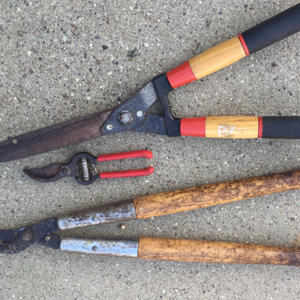

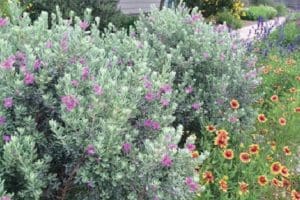
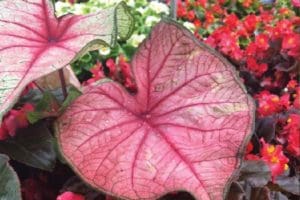
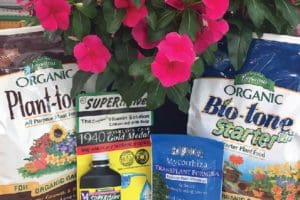
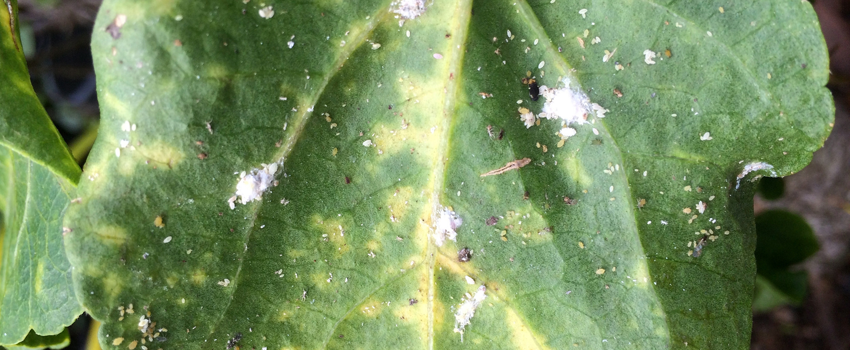



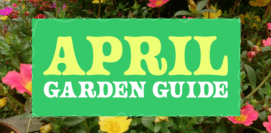

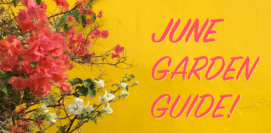
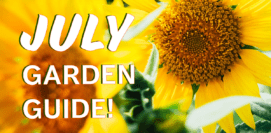
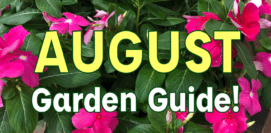
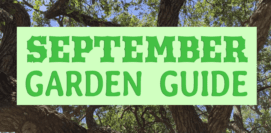
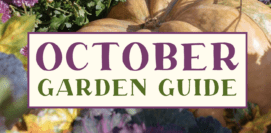




Steve Keevan says
Have you received tomato plants? When do you anticipate onion sets to arrive? Thank you
Jesse Jenkins says
Hi Steve – yes, the first tomatoes of the season are here! Onions sets will arrive later this fall around mi-late October.